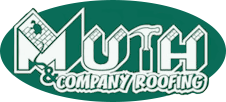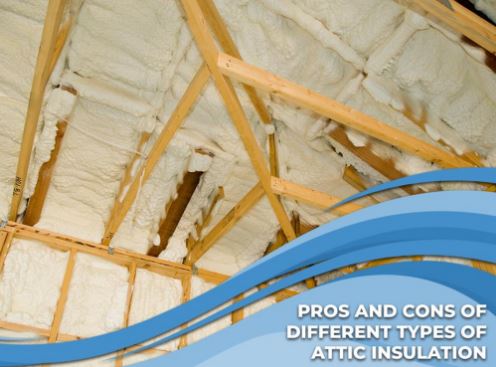As winter drags on and utility bills grow ever higher, smart homeowners start to look for ways to increase the energy efficiency of their homes. One of the quickest and easiest ways to save on energy costs is to upgrade your attic insulation. The problem many homeowners run into, however, is not knowing which type of insulation works best for their situation. To make it a little easier, here some pros and cons of the most commonly-used types of insulation.
Insulation Rolls
Rolls of insulation are made up of materials like plastic filaments, fiberglass and natural fibers which are woven together into thick sheets, often with moisture-blocking or flame-resistant backing on one side. This type of insulation works well for unfinished attics, ceilings and walls, but they do have a fairly low R-value and take up quite a bit of space. Fiberglass rolls are inexpensive, readily available and easy to install, making them a good option for homeowners who want to do the installation themselves. But beware: the fibers can cause irritation if they make contact with your skin during installation, and inhaling the fibers can increase your risk of cancer. Be sure to wear a face mask and protective clothing if you’re installing on your own.
Foam Board
This type of insulation is just what it sounds like – rigid panels of foam. Foam board has a high R-value and is a good defense against mold and moisture, but there’s a catch: foam board can’t be installed in walls that have already been built since it would require installers to remove the drywall. It’s good for new construction, but isn’t a viable option for existing walls. In addition, foam costs more than fiberglass insulation, and its unyielding structure doesn’t work for irregularly-shaped spaces.
Blown-In Fiberglass Insulation
Like sprayed foam, blown-in fiberglass insulation conforms to the space, taking whatever shape is needed to provide coverage. It’s most often used for unusually-shaped areas, attics and existing walls. It also has a great R-value, and is an environmentally-friendly choice because it’s frequently made from recycled waste materials such as glass. The required professional installation does add to the total cost, but its installation cost is still lower than similar types of insulation.
Sprayed Foam
When it comes to filling nooks and crannies, sprayed foam does a great job. It starts out as a liquid foam that’s sprayed into whatever areas need insulation, where it expands to fill any cracks and then seals. While closed-cell insulation is extremely effective, it’s also one of the most expensive types, and installation by a professional only increases that cost. Open-cell insulation is a little cheaper, but it has the unfortunate tendency to absorb moisture, which limits where it can be used.
When it comes down to it, we here at Muth & Company Roofing believe that the versatility, high R-value and recycled nature of blown-in fiberglass insulation makes it the best value for your home. To learn more about our insulation pick, find out the recommended R-value for your location or schedule an installation, give the roofing experts at Muth & Company a call at (614) 682-3060.



